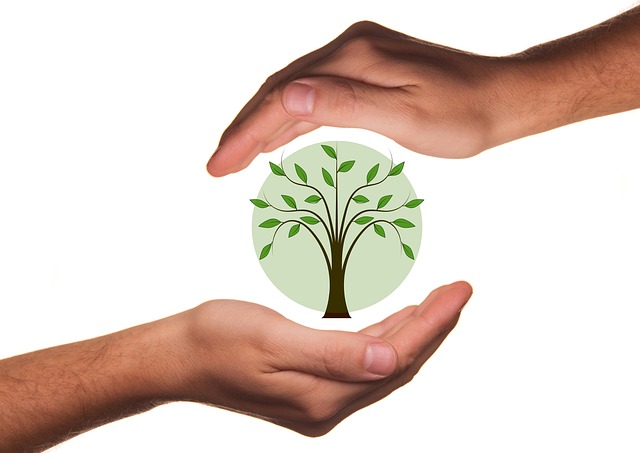Technology and ecology are increasingly intertwined, with technological advancements impacting and being impacted by ecological systems.
"Digital ecology" explores the relationship between digital systems and the natural environment, while "technoecology" focuses on how technology is transforming ecological research and management. These fields encompass both the ways technology affects ecosystems and how ecological principles can inform sustainable technology development.
Digital Ecology
Impact of digital technology: Digital ecology examines how technologies like the internet, devices, and data centers affect the environment, including their carbon footprint. Using technology for ecological study:
It also explores how technology aids in studying and managing ecological systems, such as using drones for wildlife monitoring. Promoting green practices: Digital ecology aims to promote sustainable practices within the digital realm to mitigate environmental impact.
Technoecology
Revolutionizing ecological research: Technoecology signifies a shift in ecological research where technology plays a central role in data collection, analysis, and management. Examples of technological advancements: This includes the use of bio-batteries, long-range telemetry, the Internet of Things, and 3D printing in ecological studies. Addressing environmental challenges: These technologies enable researchers to gather high-resolution data, monitor ecosystems at various scales, and develop strategies for conservation and management.Ecological principles informing technology
Sustainability: Ecological principles like energy flow, nutrient cycling, and resilience are crucial for designing sustainable technologies and practices. Industrial ecology: The principles of industrial ecology guide industries to rethink production processes and resource utilization in a more sustainable manner. Circular economy: Integrating ecological principles into business models is becoming increasingly important for creating a circular economy.The broader relationship
Sustainability and stewardship: Stewardship of both natural and human resources is essential for sustainability, considering the needs of present and future generations.
Ethical considerations: There are ethical considerations surrounding the use of technology in ecology, especially concerning the impact on non-human life and the need for responsible development and deployment.
Interdisciplinary collaboration: Advancing technoecology requires close collaboration between ecologists, engineers, policymakers, and other stakeholders.
In essence, the relationship between technology and ecology is dynamic and multifaceted, offering both challenges and opportunities for creating a more sustainable future.
